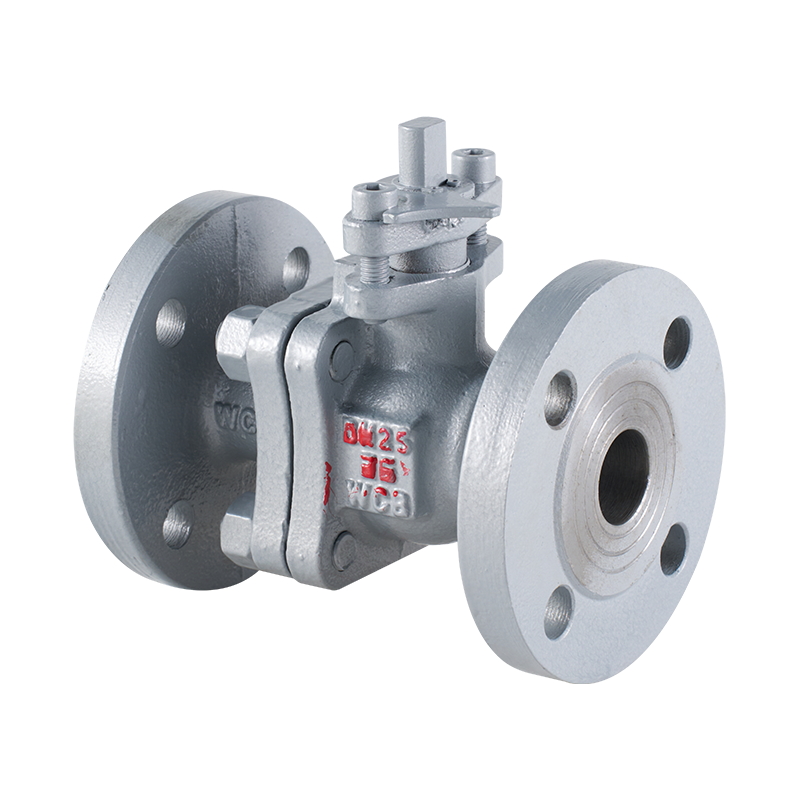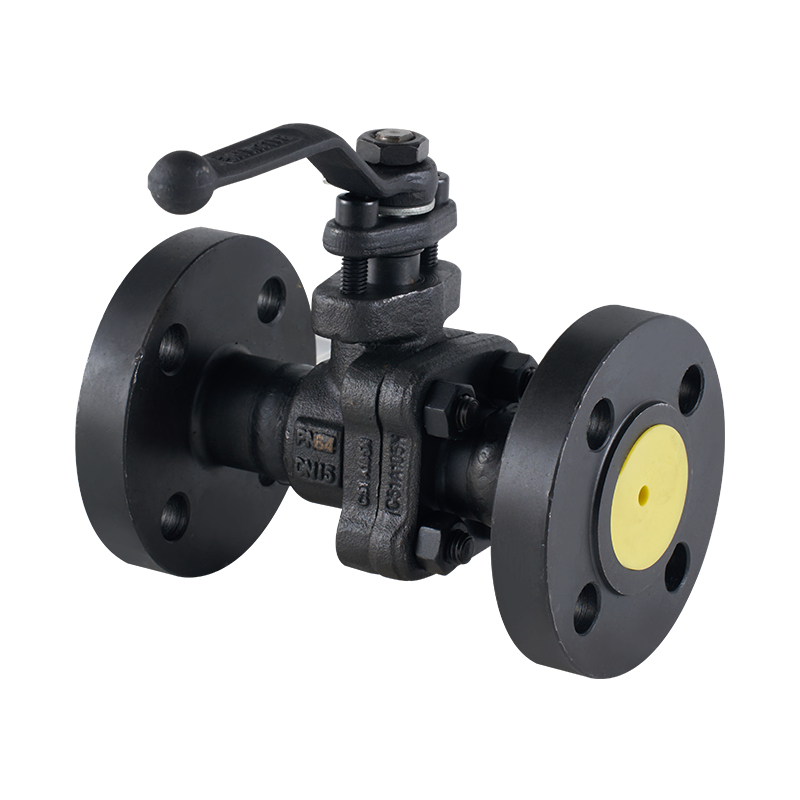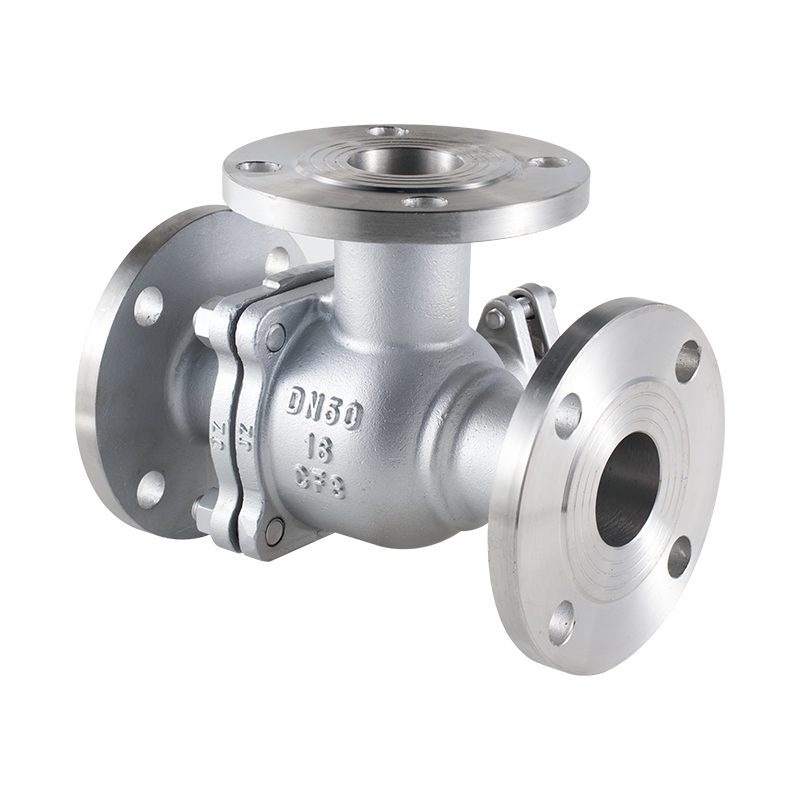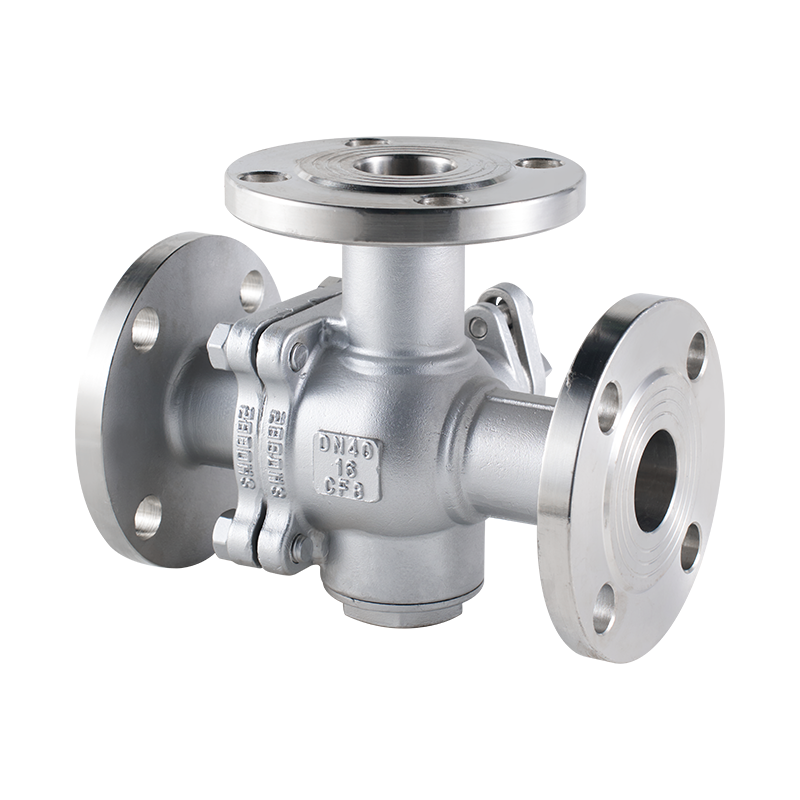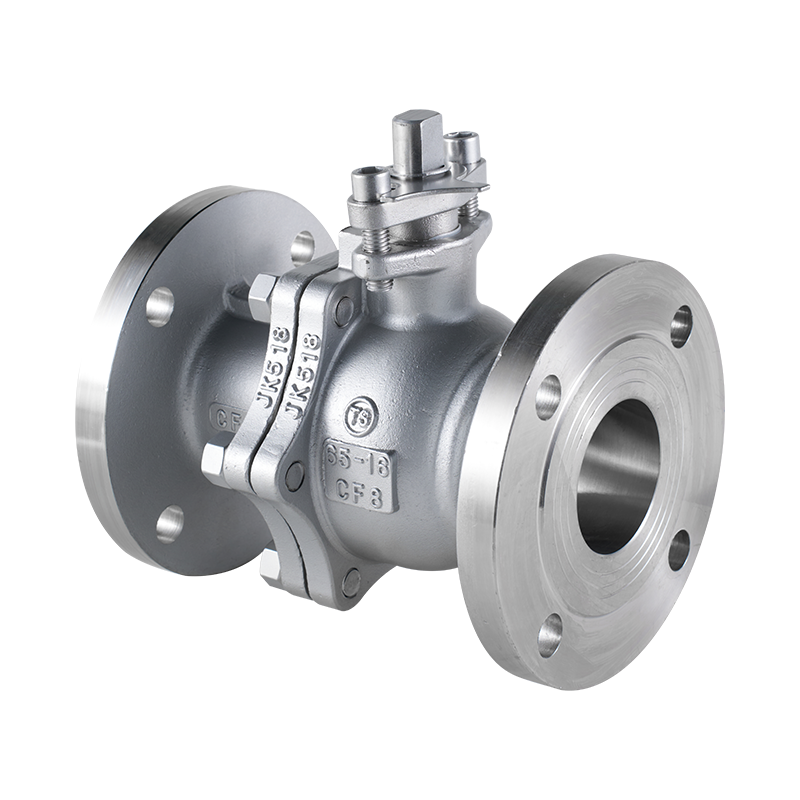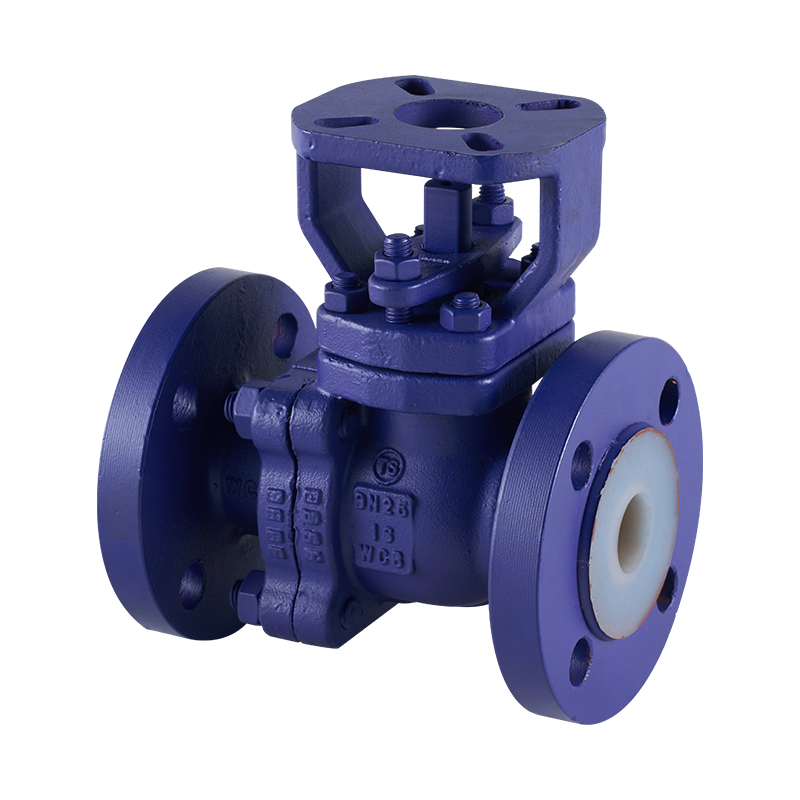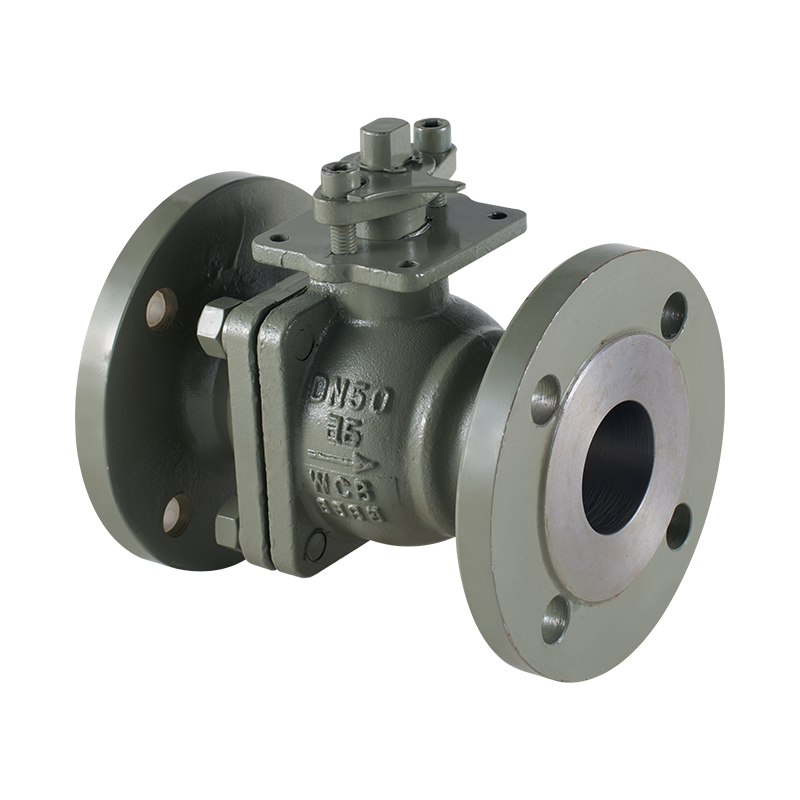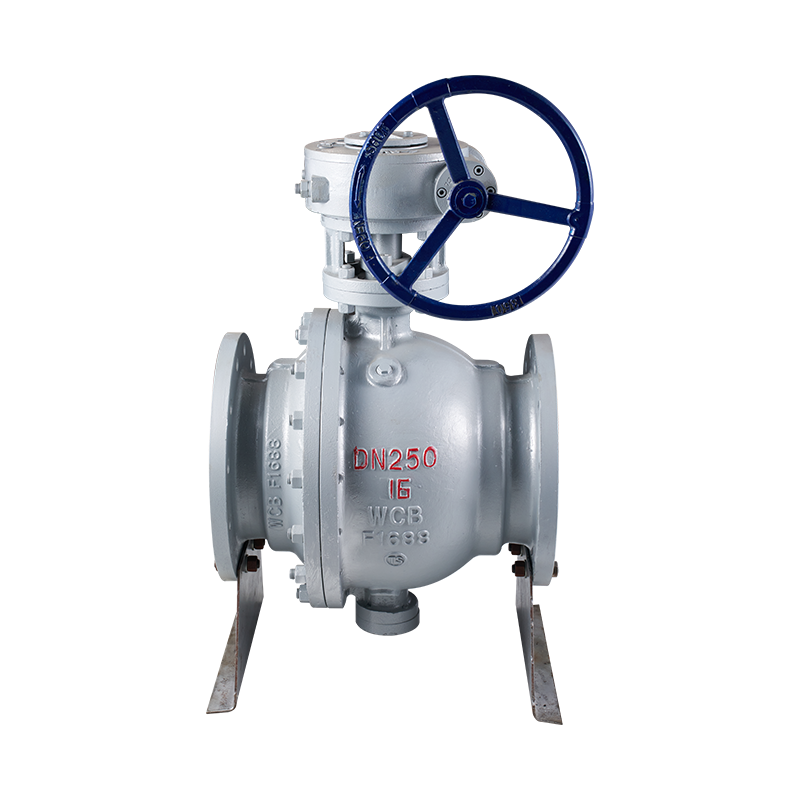The global industrial valve market is on track for steady expansion, with ball valves playing a central role in this trend. As critical components for flow control in sectors such as energy, petrochemicals, and municipal infrastructure, ball valves are undergoing a quiet transformation—one shaped by material reliability, design optimization, and evolving procurement strategies.
Two product types in particular—Cast Steel Ball Valve and Industrial Ball Valve—are expected to remain key segments over the next decade. Their continued relevance reflects both the scale of infrastructure growth and the increasing complexity of system design requirements.
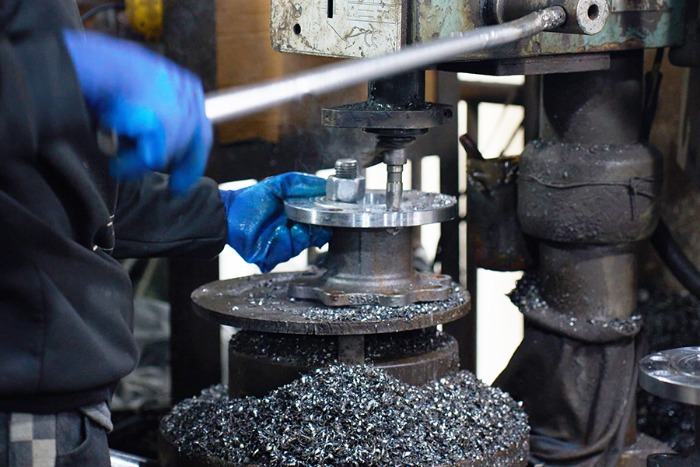
Long-Term Market Drivers: From Infrastructure to Efficiency
The global push for sustainable industrial operations and urban development is accelerating demand for reliable fluid control equipment. Between 2025 and 2035, this demand will be shaped by:
Expansion of renewable energy and gas infrastructure
Modernization of water treatment and supply systems
Rising safety and compliance standards in manufacturing
Digital integration of plant-wide operations
These developments create sustained opportunities for ball valve adoption—particularly those built for durability, pressure resistance, and automation integration.
Why Cast Steel Ball Valves Will Stay in Focus
Among the different materials available for valve construction, cast steel continues to hold a significant market share. Its combination of structural strength and production flexibility makes it an ideal choice for mid- to large-scale flow systems.
The outlook for cast steel ball valves remains strong due to:
Competitive manufacturing cost, especially for large-bore designs
Resistance to high-pressure fluid systems common in oil, gas, and power plants
Adaptability to various coatings and internal seat materials to match media type
Over the next 10 years, the cast steel segment is expected to see consistent demand from regions investing in long-life infrastructure—particularly in Asia, Eastern Europe, and parts of South America.
Industrial Ball Valves in the Age of Specialization
Unlike general-purpose valves, industrial ball valves are tailored to specific applications. From steam and slurry pipelines to corrosive fluid control, the coming years will see greater diversification in valve specifications:
Segmented body types for high-cycle environments
Fire-safe and anti-blowout features for hazardous systems
Trunnion-mounted designs for larger pipelines and high pressure
Multi-port configurations to enable flow direction control in complex systems
This specialization is not only being driven by end-user requirements but also by new regulations and safety expectations across industries.
Procurement Outlook: Value Shifts from Price to Lifecycle Return
One of the more subtle but critical shifts expected between 2025 and 2035 is how procurement departments define value. Traditional purchasing based on unit price is steadily giving way to a broader evaluation that includes:
Service life under variable conditions
Spare parts availability and interchangeability
Ease of inspection and maintenance
Certifications aligned with country-specific standards (e.g., CE, API, GB)
Buyers of industrial and cast steel ball valves are expected to place increased emphasis on long-term return on investment, rather than short-term savings.
In a volatile global market, industrial buyers are increasingly seeking suppliers who can provide both consistency and innovation. With cast steel ball valves offering robustness and industrial ball valves meeting a wider range of operational challenges, the next decade will reward those who invest early in quality-driven, adaptable valve systems.
As the forecast shows, demand is not just growing—it is evolving. Companies that prioritize quality, documentation, and post-sale support will remain competitive in securing long-term contracts and project approvals.

 English
English 中文简体
中文简体


